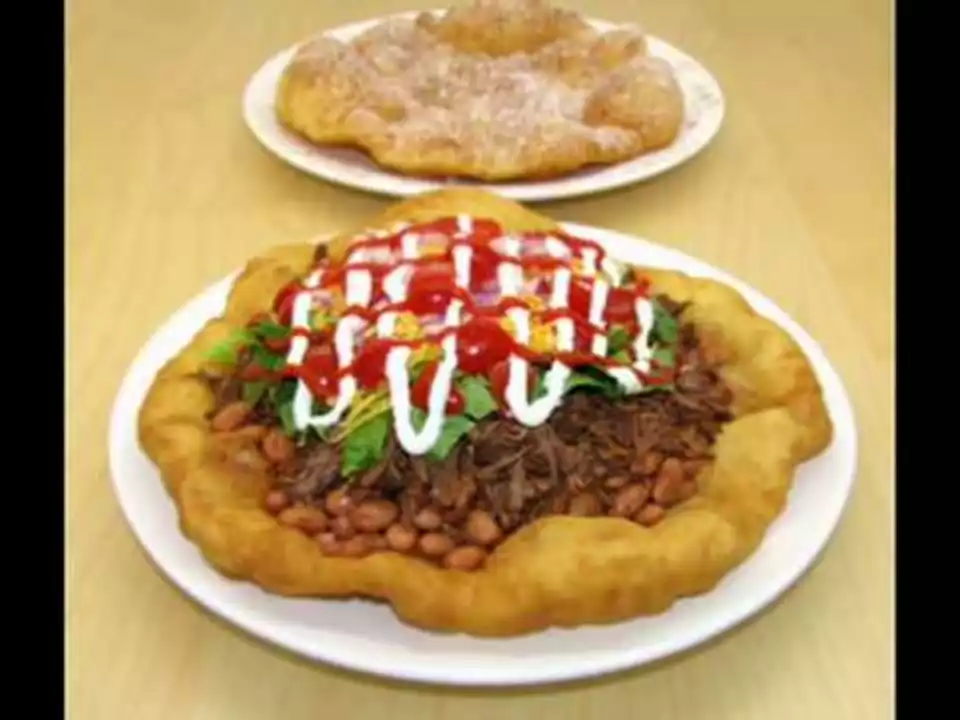Frybread – What It Is and Why You’ll Love It
Ever wonder why frybread shows up at fairs, road trips, and family reunions? It’s a simple dough that turns golden, fluffy, and slightly crispy when tossed in hot oil. The taste is comforting, a mix of bread‑like softness with a crunchy edge that makes it perfect on its own or topped with sweet or savory goodies.
Where Frybread Comes From
Frybread started as a survival food for Native American tribes after they were forced onto reservations. With limited supplies, they mixed flour, water, salt, and a little baking powder into a thin dough and fried it. Over time the dish became a cultural staple, appearing at celebrations, powwows, and everyday meals. Today it’s not just history – it’s a tasty bridge between past and present.
Because the recipe uses pantry basics, anyone can try it at home. No fancy equipment, just a deep pan or pot, a stove, and a steady hand. The key is keeping the oil hot enough (about 350°F/175°C) so the dough puffs up without soaking up too much oil.
Easy Frybread Recipe and Quick Tips
Here’s a no‑stress recipe that takes less than 30 minutes from start to finish:
- 1 cup all‑purpose flour
- ¼ teaspoon salt
- ¼ teaspoon baking powder
- ⅓ cup warm water (add a little more if dough feels dry)
- Vegetable oil for frying
Mix flour, salt, and baking powder in a bowl. Stir in water until you get a soft, sticky ball. Let it rest for five minutes – this gives the gluten a chance to relax and the dough a smoother texture.
Heat oil in a deep pan until a small piece of dough sizzles and turns golden in about 30 seconds. While the oil heats, pull off small balls (the size of a golf ball) and flatten them with your hands or a rolling pin to about a half‑inch thick.
Slide each piece into the oil. Fry for 2‑3 minutes per side, turning once, until both sides are deep golden brown. Remove with a slotted spoon, let excess oil drip, and place on paper towels.
Serve hot. Some love it plain with a pinch of salt, others spread honey, jam, or even taco toppings. The beauty is that you can get creative without breaking the simplicity of the base.
Quick tips: keep the oil temperature steady – too low makes soggy bread, too high burns it. If the dough sticks, dust your hands with a little flour. And don’t crowd the pan; fry a few pieces at a time for even cooking.
That’s it – a quick, tasty bite that connects you to centuries of tradition. Try it for a weekend brunch, a game‑day snack, or a simple dessert. Whatever you top it with, frybread brings a warm, comforting vibe to the table.
What are Indian tacos?
I recently discovered Indian tacos, and I have to share this amazing dish with you all. They're a delicious fusion of Native American frybread topped with various ingredients, often including seasoned ground beef, beans, cheese, lettuce, tomatoes, and sour cream. These hearty and flavorful tacos have a unique twist that makes them stand out from traditional Mexican tacos. I've learned that Indian tacos are a popular dish at powwows, festivals, and gatherings within Native American communities. I can't wait to try making these at home and explore more of this incredible cuisine.
